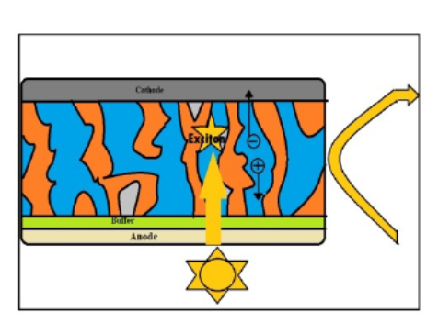


Indian Journal of Science and Technology
DOI: 10.17485/IJST/v15i38.1398
Year: 2022, Volume: 15, Issue: 38, Pages: 1965-1970
Original Article
Rohma Usmani1, Mohammed Asim2*, Malik Nasibullah3
1Research Scholar, Department of Chemistry, Integral University, Lucknow
2Department of Electrical Engineering, Integral University, Lucknow
3Department of Chemistry, Integral University, Lucknow
*Corresponding Author
Email: [email protected]
Received Date:04 July 2022, Accepted Date:11 September 2022, Published Date:15 October 2022
Objectives: Green energy has led to a lot of development in the energy sector. The use of germanium, silicon PV technology has got major limitations of costing and engineering applications. Organic Solar Cell (OSC) is latest addition in green energy having immense application and economic potential. Method Computer simulation for optical modelling for OPV has been used. Efforts have been made to study the variation of Light intensity on efficiency of organic solar cells. Findings: Worldwide researchers are making efforts to find out ways and means of improving the efficiency of OSC’s. In our case, efforts have been made to achieve optimum efficiency of OSC through optical modelling of organic solar cell Simulation of electrical parameters with the help of optical characteristic is discussed. The effect of. light intensity on the power conversion efficiency of the organic solar cell is also studied. Novelty: This study uses Transfer matrix model (TMM) where accuracy level is high and electric field intensity variation with light intensity is analyzed.
Keywords: Organic Solar Cell; Optical Modelling; Charge Carrier; Light Intensity; Transfer matrix model (TMM)
© 2022 Usmani et al. This is an open-access article distributed under the terms of the Creative Commons Attribution License, which permits unrestricted use, distribution, and reproduction in any medium, provided the original author and source are credited. Published By Indian Society for Education and Environment (iSee)
Subscribe now for latest articles and news.